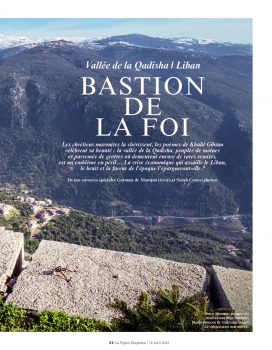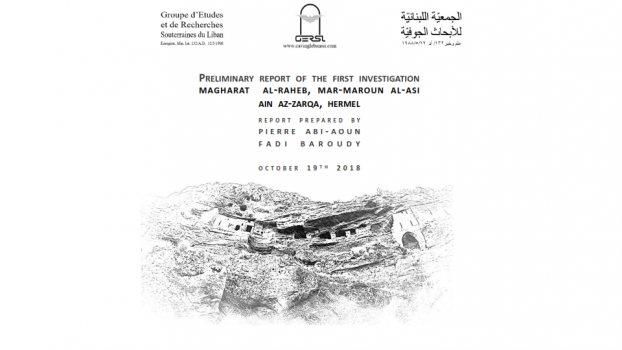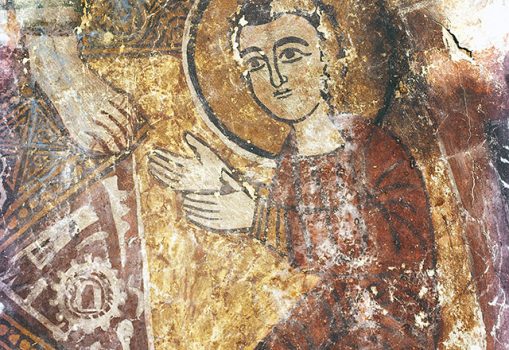
كتاب جديد عن تاريخ جبّة بشرّي - 2023
تأليف فادي بارودي والدكتور بيار مكرزلمسائل في تاريخ جبّة بشرّي في الحقبتين الفرنجيّة والمملوكيّة (1109-1516م)، بيروت، 2023.صور الجداريَّات والكتابات التّي ورد ذكرها في الكتاب: 1- جداريَّات كنيسة مارت شموني- حدشيت: …
Read More →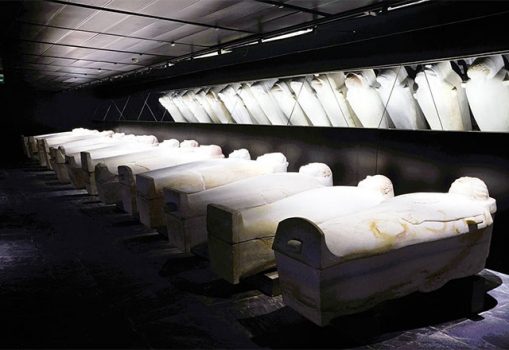
Silence : les momies dorment - 2016
Pour la première fois, Maryam, Yasmine et Sadaka sont exposées au musée. Reposant dans une pièce qui leur assure de bonnes conditions de conservation, elles font partie des huit momies …
Read More →Chrétiens Orientaux – Vallée Qadisha - 2013
In April 2013, France 2, the French TV channel, invited the GERSL to collaborate in the production of a 30 minutes documentary on the Qadisha Valley. The aim was to …
Read More →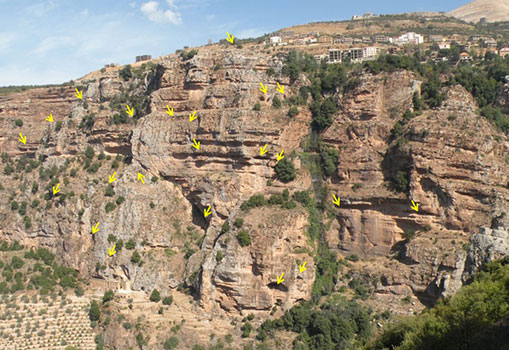
Hermitages – Qadisha Valley - 2013
Exploration of Hermitages & Shelters in the high cliffs of the Qadisha Valley. إكتشاف نوعي في وادي قاديشا يلقي الضوء على طريقة جديدة في التنسّك منذ أن تأسّست الجمعيّة اللبنانيّة …
Read More →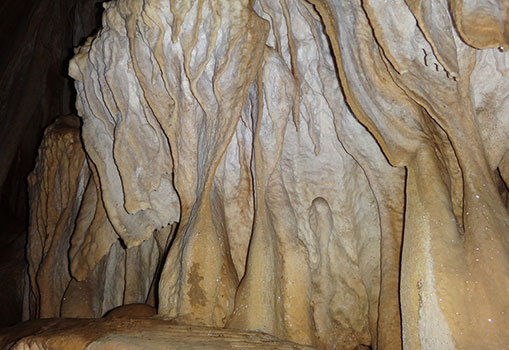
Houwet Baskinta Sinkhole - 2011
Newly discovered sinkhole located in Baskinta village; depth of 150m was reached, but the end of the extension of the sinkhole is not achieved yet and exploration is going on …
Read More →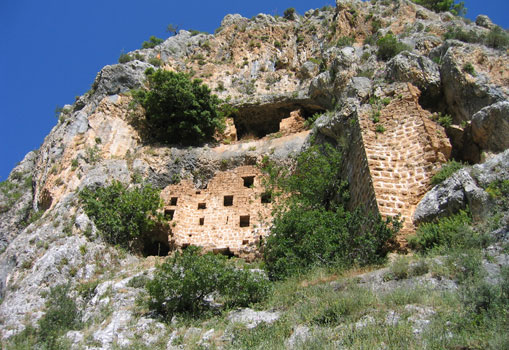
Zallaya Fortified Cave - 2005
Please refer to the publications section Zellaya.
Read More →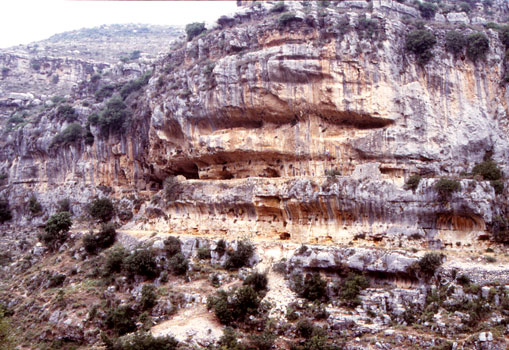
Sgar – Fortified Cave - 2004
Located in Batrun heights near the village of Ain Kfaa. Some of the architectural features of the site are relatively preserved mainly the apse of a small chapel, the foundation …
Read More →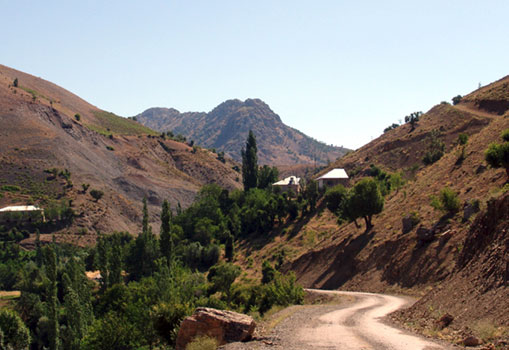
Mar Barsaum Monastery – Turkey – 2000 - 2004
The GERSL carried out a series of field trips to the Kapli Dag mountains in Turkey with the purpose to rediscover Mar Barsaum Monastery located on a hill-top in 2000 …
Read More →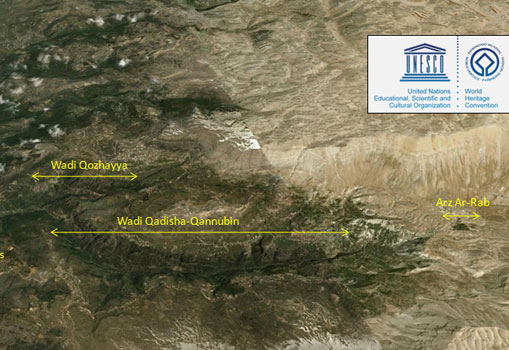
Qadisha World Heritage Site - 1998
The discoveries and the explorations carried out by the GERSL contributed directly to increase awareness on the natural & cultural heritage of caves in Lebanon; most importantly, the GERSL undertook …
Read More →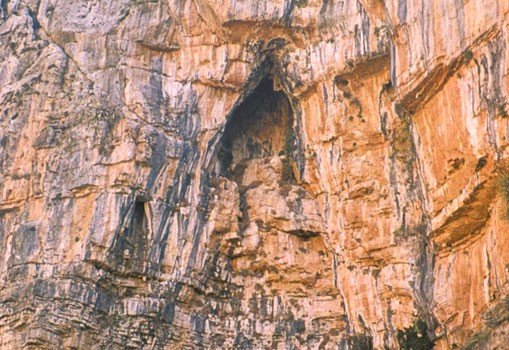
Mgharet l Hamam – Rupestrian Shelter - 1998
This Rupestrian shelter is one of the most inaccessible and technically quasi impossible; located in a cliff of 175 meters under a overhang of 20 meters. After series of failed …
Read More →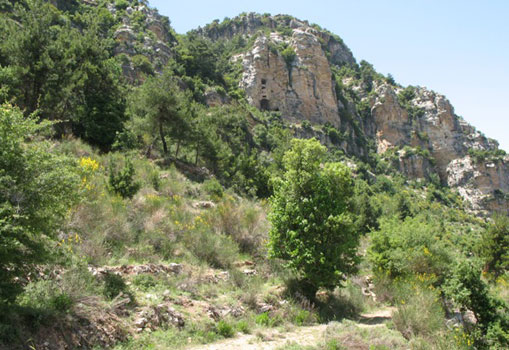
Delmass – Fortified Cave - 1998
Mgharet Delmass, located in the village of Beit Munzer on the outskirts of the Qadisha Valley was explored by the GERSL in 1995 and published in 1998 (Liban Souterrain 5.). This …
Read More →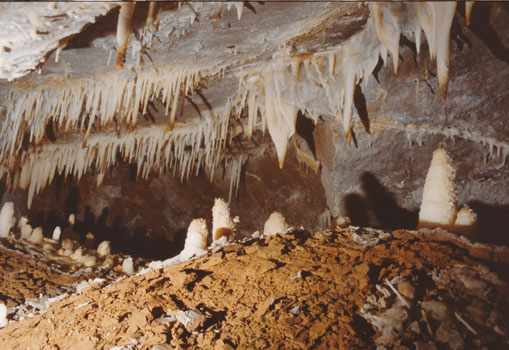
Jeita Grotto – Speleological Discovery - 1993
Jeita Grotto is the most famous and biggest cave in Lebanon explored by pioneers of the Speleo Club du Liban in the Mid XXth century totaling a network of 9 …
Read More →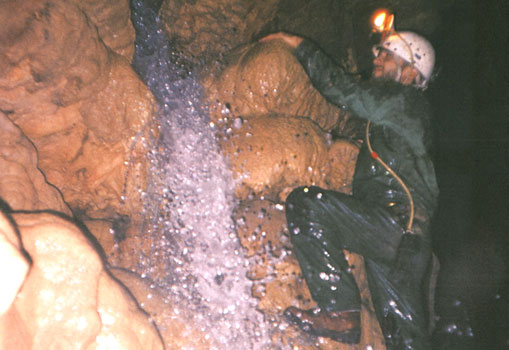
Naba’a l Mutran – Subterranean River - 1993
An unknown underground water body that was explored in 1991 revealing around 1200 meters of cave network rich in speleothems (flow stones, dripstones, cave crystals, ….) – (Liban Souterrain 4 …
Read More →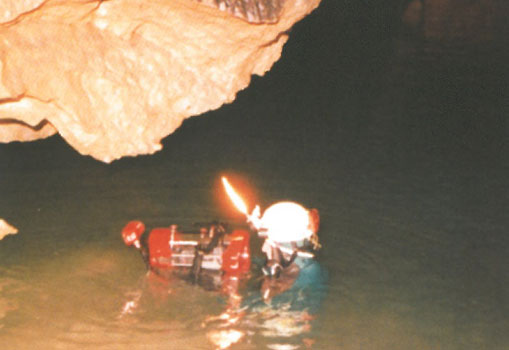
Mar Challita – Subterranean River & Prehistoric Cave - 1993
The Exploration of the cave revealed around 1200 meters of cave network with some labyrinth passages and submerged passages; an obstructed passage was forced in 1993 giving access to around …
Read More →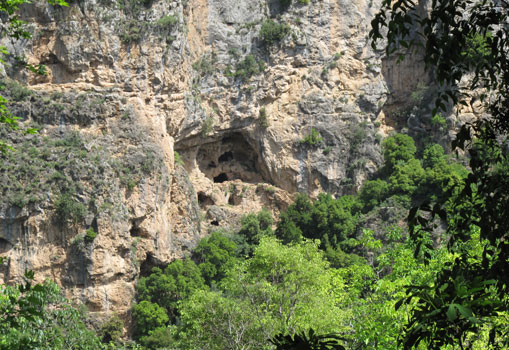
Mar Girgis l Ahbash – Rupestrian Monastery - 1993
A rupestrian monastery linked to the presence of Ethiopian monks in the Qadisha Valley, in 1488 A.D.. The site is located in a cliff and is characterized by a vernacular built heritage; the …
Read More →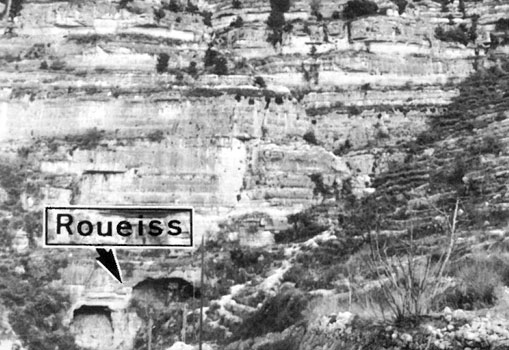
Mar Yuhanna – Historic Cave - 1991
The Cave is located in Aqura Mountains, Mount Lebanon around 400 meters above the well known Roueiss Grotto. The Exploration of the cave revealed around 1 km of cave network …
Read More →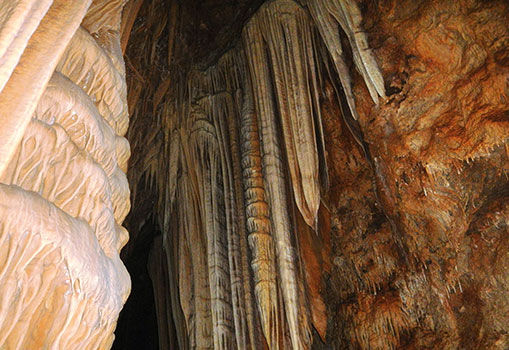
Saliba Sinkhole – Qadisha - 1989
A series of sinkholes located in the Qadisha Valley, Northern Lebanon, were discovered and explored by the GERSL; the Underground development ranges between 20 meters and 80 meters of depth, …
Read More →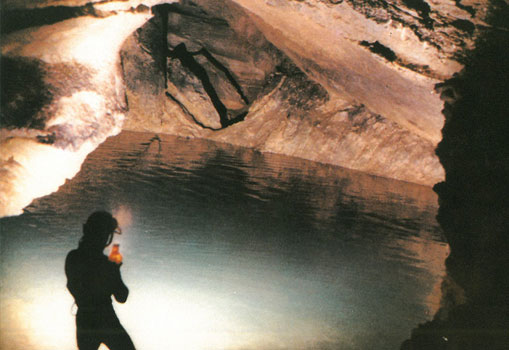
Mgharet Ashoush – Subterranean River - 1989
Ashoush spring gushes forth in the very riverbed, at the foot of a rocky cliff overlooking the left bank of Nahr El Kalb river, some 300 meters downstream Jeita spring. …
Read More →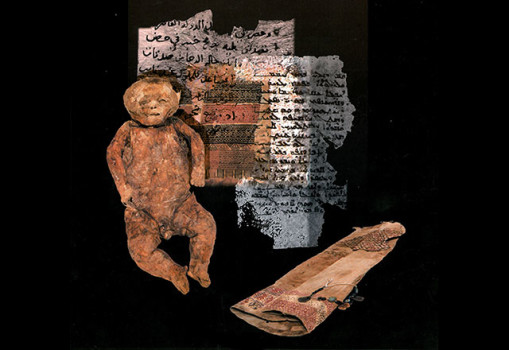
Asi l Hadath – Fortified Cave - 1989
The GERSL discovered Asi-l-Hadath Grotto in Qadisha Valley between 1988 and 1993. The elements of the discovery and related studies were published in French in 1994 (Momies du Liban), then …
Read More →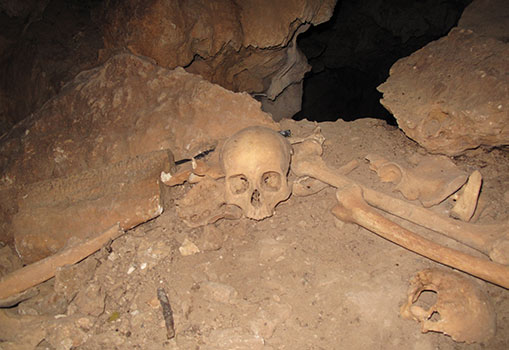
The caves of Barza’ - 1988
Barza’ or Barzaq are caves and sinkholes in Qadisha valley located to the south of the trail from Deir Qannubine directed towards Saydet Hawqa. They form a series of …
Read More →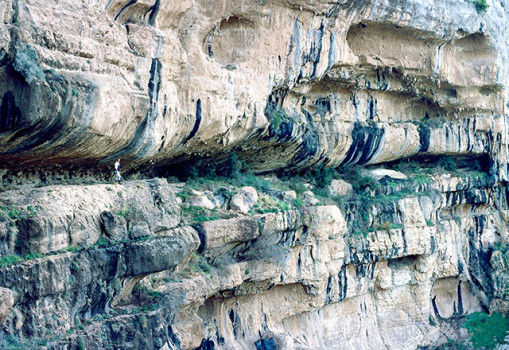
Asi Hawqa – Fortified Cave - 1988
Located in North of Lebanon, Asi Hawqa is over hanged on a cliff to the right side of the Qadisha valley and dominated by the Hawqa village. GERSL was fortunate …
Read More →
